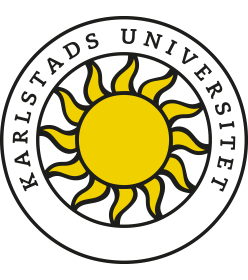Sustainable electricity system
7.5 ECTS creditsThe course covers the following:
- electrical circuits, calculations using Ohm’s and Kirchhoff’s laws on series and parallel circuits
- single-phase and three-phase alternating current
- type of power, active, reactive, and apparent power, power factor correction
- the electricity systems of Sweden and Europe
- sustainable electricity production facilities
- electricity usage in industry, housing, service sectors, and transportation
- energy storage
- requirements from national and international authorities for sustainable electricity systems in the future
- electrical circuits, calculations using Ohm’s and Kirchhoff’s laws on series and parallel circuits
- single-phase and three-phase alternating current
- type of power, active, reactive, and apparent power, power factor correction
- the electricity systems of Sweden and Europe
- sustainable electricity production facilities
- electricity usage in industry, housing, service sectors, and transportation
- energy storage
- requirements from national and international authorities for sustainable electricity systems in the future
Progressive specialisation:
G1F (has less than 60 credits in first‐cycle course/s as entry requirements)
Education level:
Undergraduate level
Admission requirements:
Registered for Applied thermal dynamics, 7.5 ECTS credits, or Technical thermal dynamics, 7.5 ECTS credits, plus Fluid mechanics, 7.5 ECTS credits, and Sustainable development, 7.5 ECTS credits, or equivalent
Selection:
Selection is usually based on your grade point average from upper secondary school or the number of credit points from previous university studies, or both.
This course is included in the following programme
- Master of Science in Energy and Environmental Engineering (studied during year 2)
- Bachelor of Science in Enviromental and Energy Engineering (studied during year 2)
